Carbon monoxide (CO) isn't just a home hazard—it's a silent, invisible killer. Lighter than air, this odourless, colourless gas seeps into homes through gas stoves, furnaces, water heaters, or cracked chimneys. Unlike pollen or dust, CO binds to hemoglobin 200-250 times more effectively than oxygen, starving organs of oxygen and causing symptoms that escalate from headaches and dizziness to coma or death within minutes.
Stay safe by ensuring proper ventilation, shutting off CO sources, and using activated carbon filters to absorb some CO. Keep in mind, these filters can't monitor CO; detectors are a must.
So, What is Carbon Monoxide?
Carbon monoxide (CO) is an invisible, odourless gas made of carbon and oxygen. It is poorly soluble in water but extremely dangerous because it binds to hemoglobin 200-300 times more strongly than oxygen. This forms carboxyhemoglobin (COHb), which blocks oxygen delivery to your body's tissues and can cause organ damage in minutes. Scary, right?
Where Does CO Come From?

-
Home Appliances: Gas stoves, water heaters, and fireplaces can release CO when fuels do not burn completely.
-
Industrial Sources: High-temperature processes in metalworking and chemical manufacturing produce CO emissions.
-
Vehicle Exhaust: Cars emit 5-15% CO, and levels in enclosed garages can become lethal in under 10 minutes.
-
Other Sources: Cigarettes, generators, and charcoal grills also release this deadly gas.
Is carbon monoxide harmful to your health?
Yes, it can cause harm to your body, and in severe cases, it can cause death.
-
Acute poisoning: Exposure to carbon monoxide for just 5 minutes at concentrations of 5,000 ppm can be fatal, with symptoms including headaches, confusion, and respiratory failure.
-
Chronic effects: Long-term exposure to low concentrations can worsen heart disease and cause nerve damage.
So, how do we prevent it?You need to use carbon monoxide detectors and air purifiers.
Can I Just Use An Air Purifier?

Most air purifiers, including whole-house HEPA filter systems and HVAC-integrated models, focus on removing particulates. HEPA filters excel at trapping particles as small as 0.3 microns with 99.97% efficiency, but CO molecules measure just 0.0003 microns, rendering them invisible to mechanical filtration. Even advanced technologies like UV-C light or photocatalytic oxidation, designed to neutralise organic pollutants, prove ineffective against CO’s chemically inert structure.
This limitation isn’t a flaw in design—it’s a fundamental flaw in capability. Air purifiers address airborne solids and liquids, not gaseous toxins. To make matters worse, many homeowners mistakenly conflate air purification with carbon monoxide (CO) detection, assuming their HVAC air cleaner or portable purifier will sound an alarm when CO levels rise. Actually, it won't.
The Indispensable Role of Carbon Monoxide Detectors

CO detectors work differently from air purifiers. These devices use electrochemical sensors to track CO levels in real time, generating small electrical currents that rise with CO concentration. When CO hits 50 ppm—a level where health risks begin—alarms trigger automatically. High-end models even connect to Wi-Fi, sending smartphone alerts.
How to Protect Yourself from Carbon Monoxide
Protecting your home from carbon monoxide requires three key steps:
1. Install Detectors
-
Place CO detectors on every floor, especially near bedrooms and fuel-burning appliances.
-
Test the detectors monthly and replace the batteries at least once a year.
2. Fix the Source
-
Regularly maintain your HVAC system, seal any leaks in ventilation pipes, and upgrade to modern appliances with direct venting.
3. Improve Ventilation
-
Open windows when using gas stoves or other high-risk appliances to reduce carbon monoxide (CO) buildup.
While air scrubbers can't eliminate carbon monoxide, they significantly enhance indoor air quality by removing allergens and airborne particles like dust, pet dander, and cooking smoke—issues standard CO detectors can't address. Pairing air purifiers with reliable CO detectors for homes with gas appliances creates a safer environment.
In Conclusion
Consider CO detectors as life's silent alarm—they wake you up to invisible danger. Install them near bedrooms and garages, crack a window when cooking, and swap batteries yearly. Hey, don't forget: Air purifiers handle dust, but detectors save lives. Test that alarm monthly—simple habits keep your air safe.

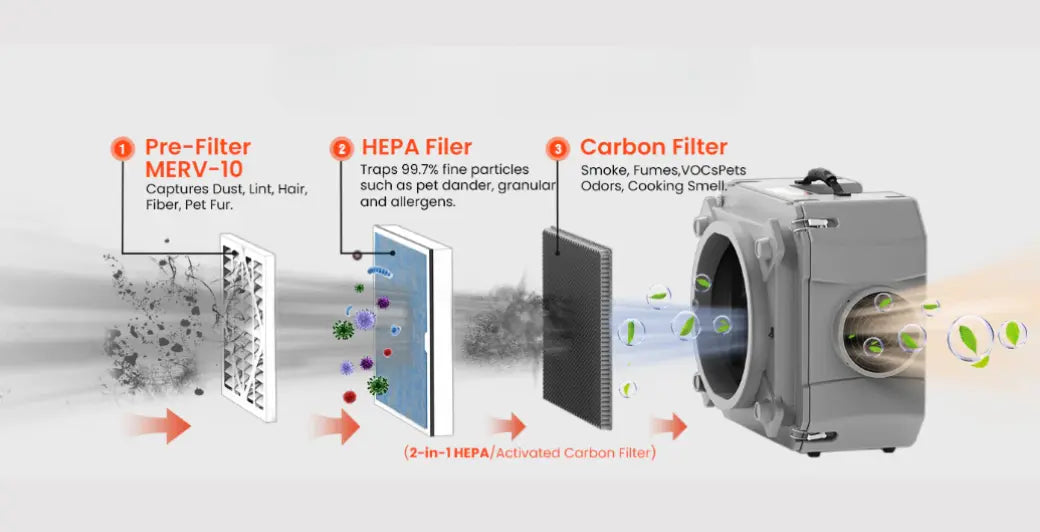
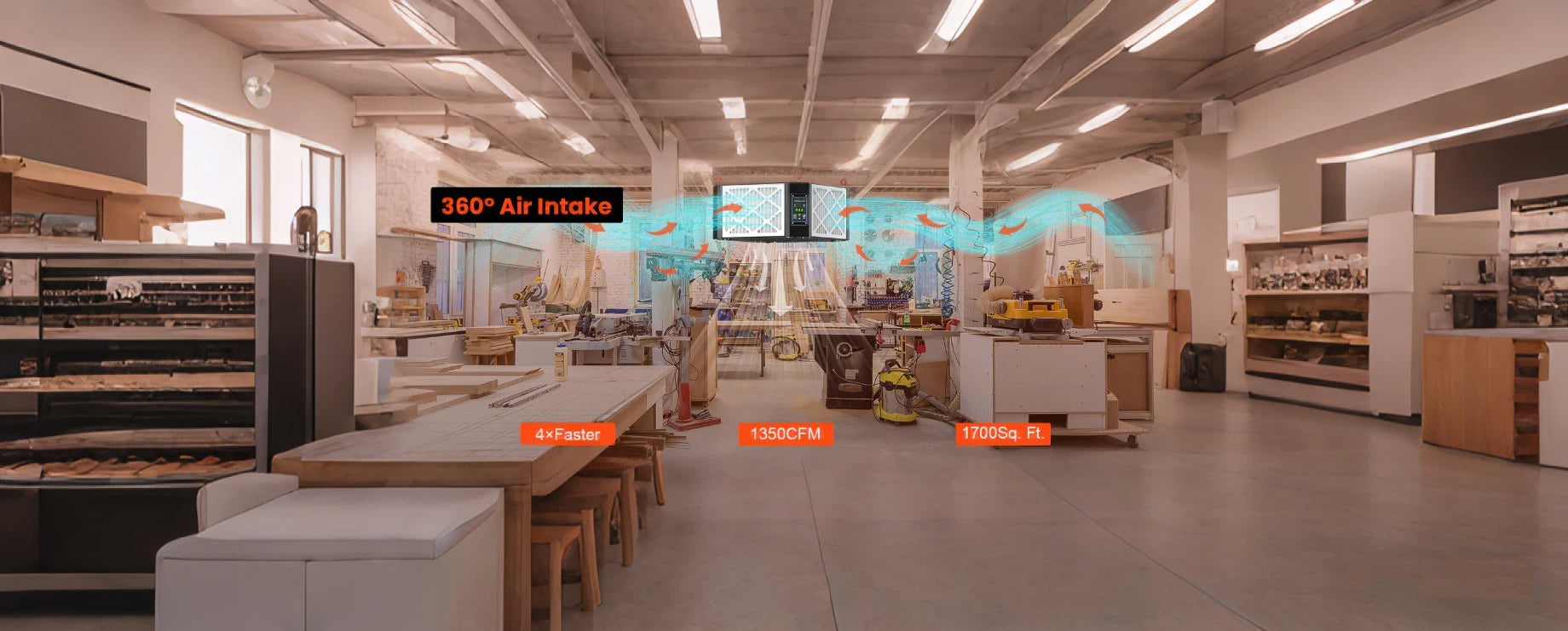
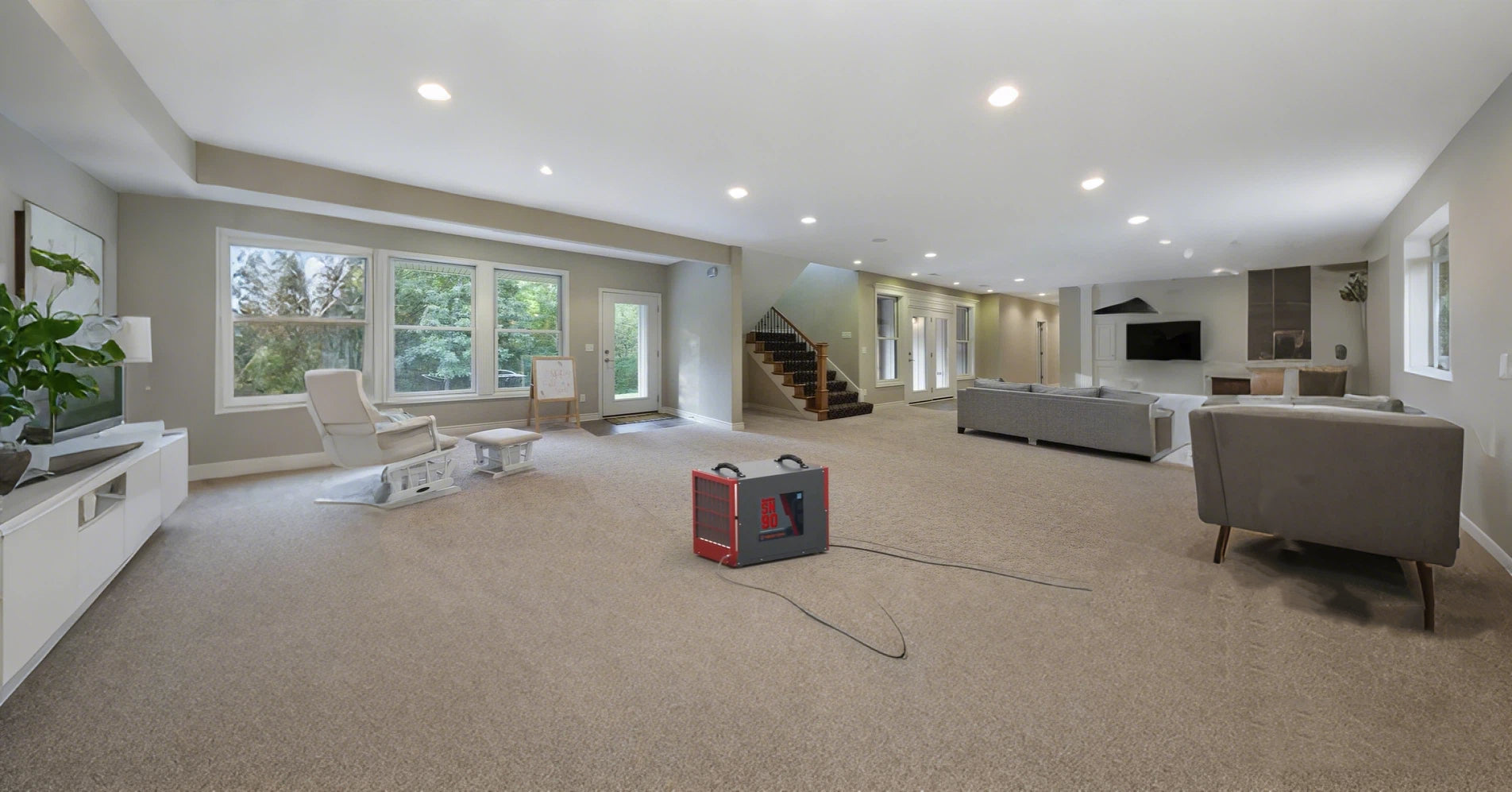

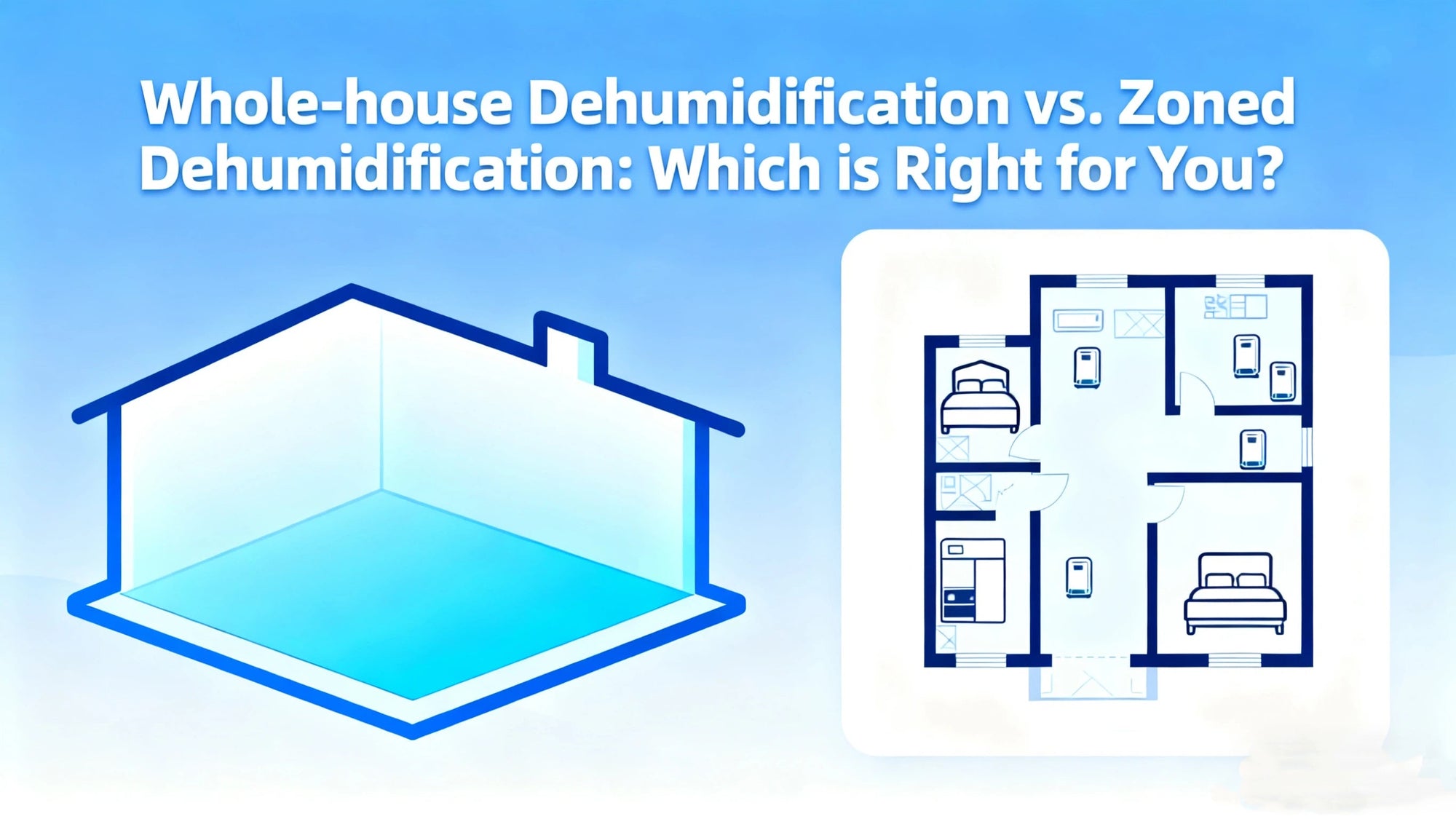
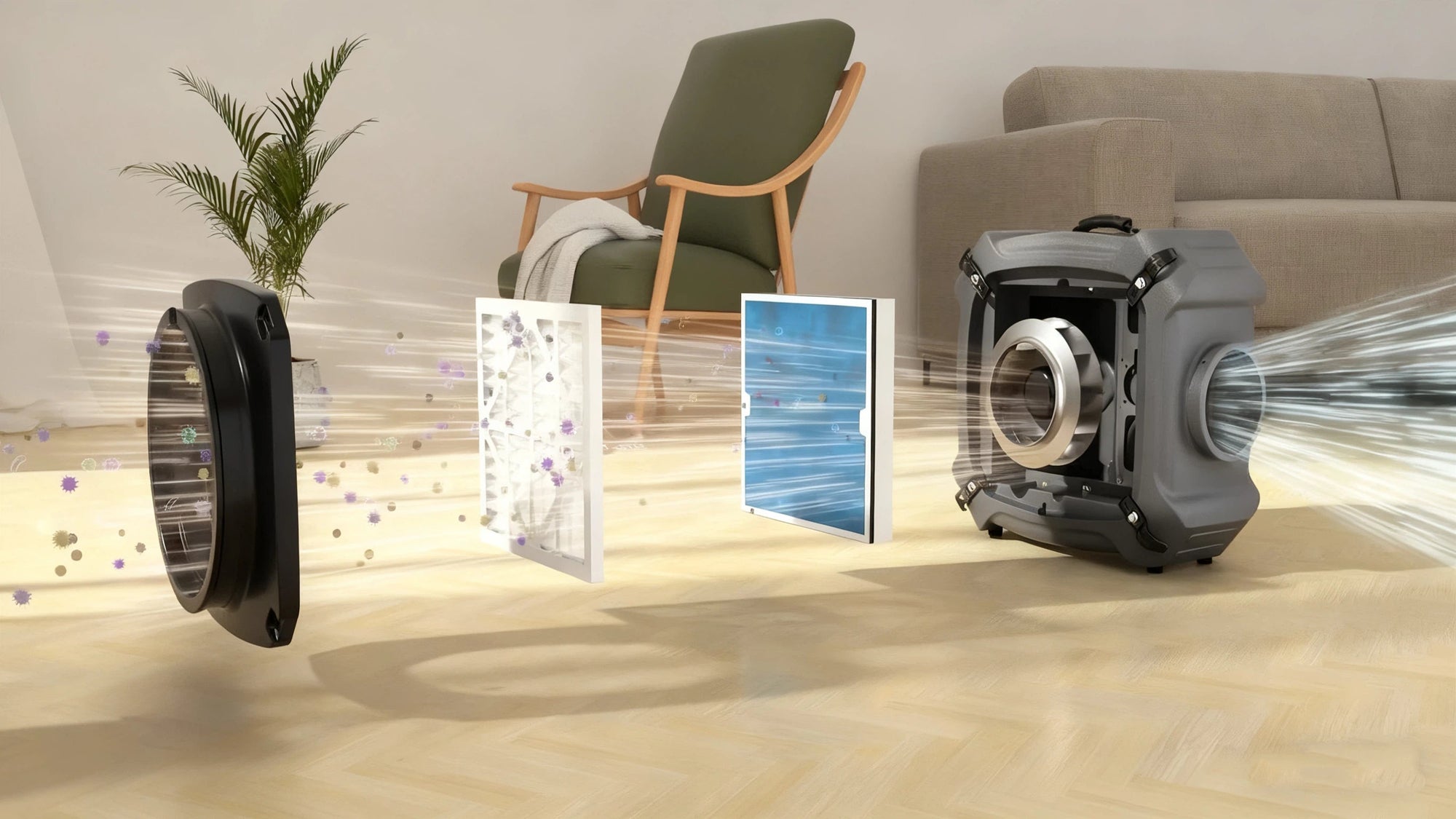
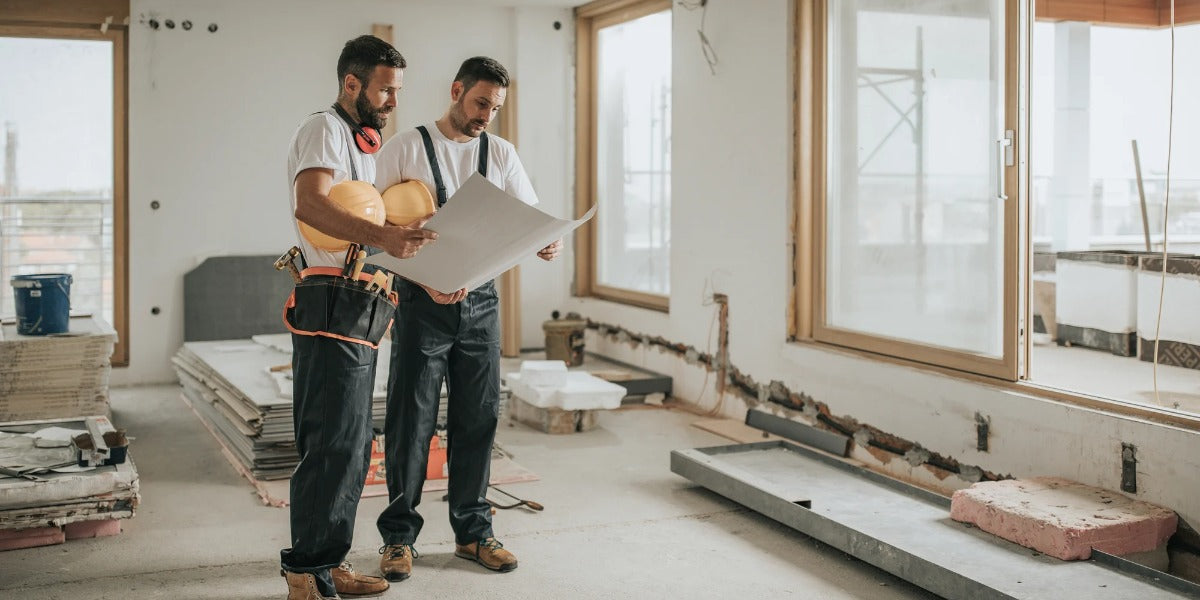
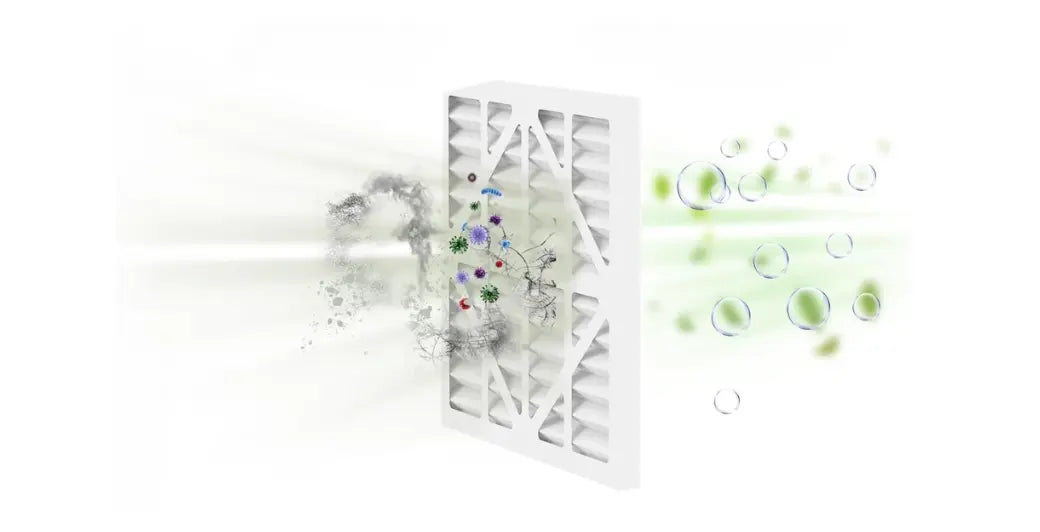
Shop For Dehumidifier
Abestorm 170 PPD 2,100 Sq.Ft Commercial Dehumidifier with Pump and Drain Hose | Hurricane 800
Abestorm 180 PPD 2,300 Sq.Ft Commercial Dehumidifier with Pump and Drain Hose | Hurricane LGR85
Abestorm 264 PPD 3,000 Sq.Ft Commercial Dehumidifier with Pump and Drain Hose | Hurricane 125P
Abestorm 180 PPD 2,300 Sq.Ft Commercial Dehumidifier with Pump and Drain Hose | Hurricane 850